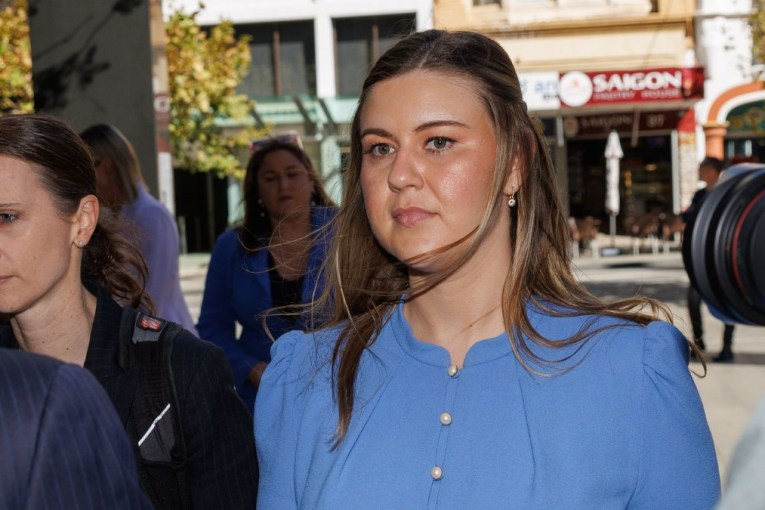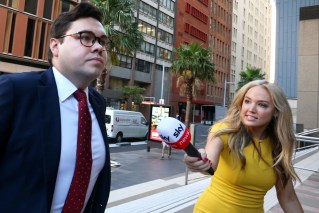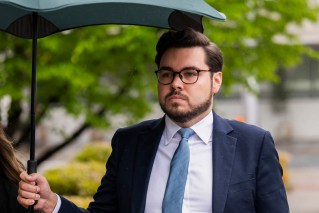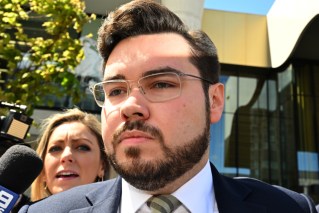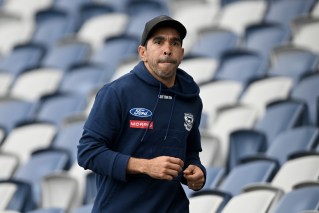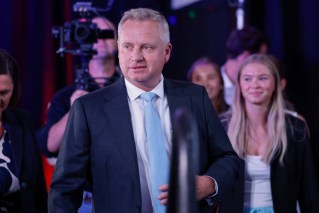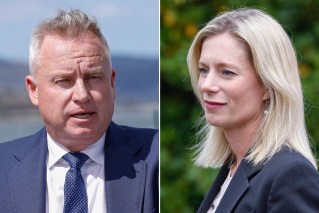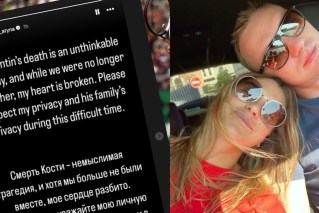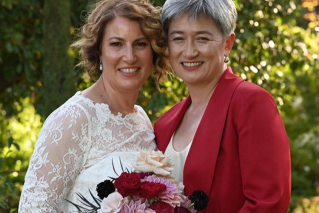Bendigo’s Mike Tobin was a ‘tea boy’ who went on to play a vital role in the Apollo 11 Moon mission
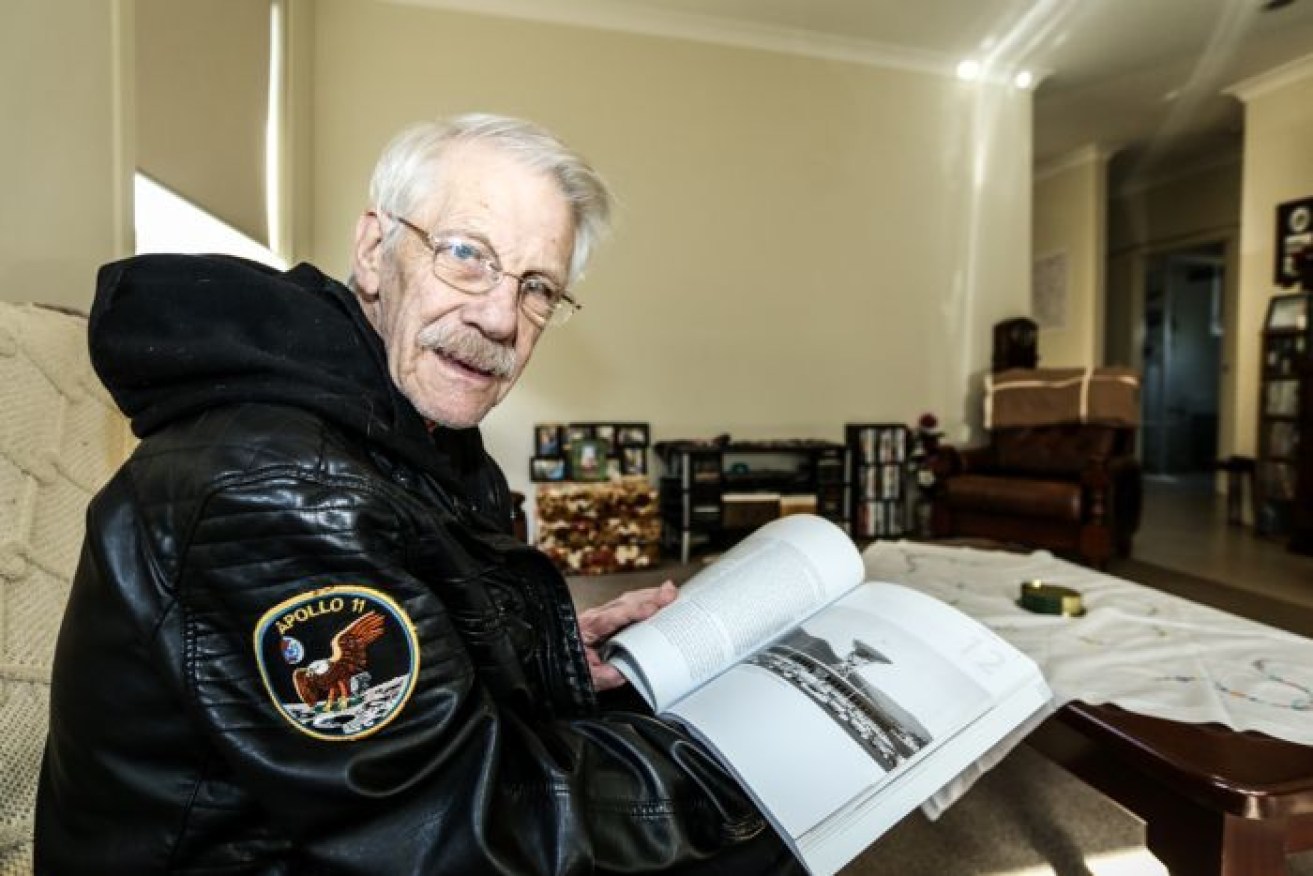
Mike Tobin has a lifelong love of electronics and is a volunteer at the Bendigo Amateur Radio and Electronics Club. Photo: ABC
Bendigo’s Mike Tobin started his career as a tea boy and went on to monitor the vital signs of the three astronauts in the Apollo 11 Moon landing mission.
Mr Tobin was quite alarmed when Neil Armstrong was about to leave the lunar module to take that “one giant leap for mankind”.
While Armstrong and fellow astronaut Buzz Aldrin “were sitting quite calmly chatting away”, this all changed when they landed.
“When it was time to leave Armstrong’s heart rate went to 210 [beats per minute],” Mr Tobin said.
The average resting heart rate for an adult is between 60 to 100 beats per minute.

Inside the tracking station control room. Photo: National Archives of Australia
“It was obvious that what Armstrong was about to do was having a profound effect on him. It was nevertheless quite alarming,” Mr Tobin said.
“‘Is this guy alright, is this all going to happen okay?'”
When Armstrong touched down on the Moon his heart rate eventually decreased.
Monitoring vital signs from the Australian Alps
There were 14,000 technicians and engineers worldwide involved in the Moon landing and Mr Tobin was one of the few hundred people in Australia who were involved.
“I felt very, very privileged,” he said.
“You can’t do something like that without it making a permanent imprint.”
Mr Tobin, now 73, was one of 140 people working at Orroral Valley Tracking Station, about 50 kilometres south of Canberra.
“You came around the corner and suddenly there was this bit of technology sitting in the middle of the valley tucked away in the snow,” he said.

The Orroral Tracking station in 1965 when the first snows of the winter season occurred. Photo: National Archives of Australia
The large modernist rectangular building with “enormous” computers was staffed 24 hours a day, seven days a week with a remote transmitter site further away.
“If we had to send a command to a spacecraft, we’d have to hop in the car and drive up to the transmit site to do it,” Mr Tobin said.
“We had radiators on in the garage to keep the cars warm, because if you left them out in the snow there’s a fair chance they wouldn’t start when you needed to start them to go to the transmission site.”
Mr Tobin’s role was to look after the biomedical data of the three astronauts, monitoring their vital signs such as heart rate, breathing, respiration, adrenalin levels and muscle tissue.
“All the things that were important for us to know that they were healthy,” he said.
Each of the astronauts had various sensors attached to their skin, including probes implanted into their bodies connected to the communications system which was transmitted back to Earth and sent onto NASA’s Goddard Flight Centre near Washington.
From tea boy to Moon mission
Mr Tobin joined the State Electricity Commission of Victoria after doing an apprenticeship in telecommunications.
“At the end of that apprenticeship I was treated as the tea boy, and I wasn’t given any work to do,” he said.
“I sat there all day long making tea in the morning, and tea in the afternoon — I got sick of it.”
After demanding work from the boss, only to be met by another month of tea making, he left to do electronics work at the Department of Aviation working on the planned Tullamarine Airport in Melbourne.
“The type of technology that’s used in landing systems is very similar to the technology of space exploration,” Mr Tobin said.

Orroral Valley Tracking Station about 50 kilometres south of Canberra was part of NASA’s Spacecraft Tracking network. Photo: ABC
After that project finished he headed to Sydney and after a tip-off from a taxi driver he began working for the Amalgamated Wireless Australasia, initially working at the Opera House before being asked if he was interested in working at a space station.
The newly married Mr Tobin chose the Orroral Valley Tracking Station over the more isolated Pine Gap near Alice Springs – the United States’ satellite surveillance base – working as a “spy”.
At 27, he was much younger than most of his colleagues and also differed in not being from a military background.
“The typical sort of profile of somebody that came into the space industry was ex-military, navy or air force, who had been working in electronics in that industry and probably in their mid to late 40s,” he said.
“Nowadays a lot of the guys I was working with aren’t here anymore, they’ve passed away.”
Mr Tobin is heading to Canberra this weekend for the 50th anniversary celebrations of the Moon landing.
“It’s going to be a great weekend,” he said.
–ABC
